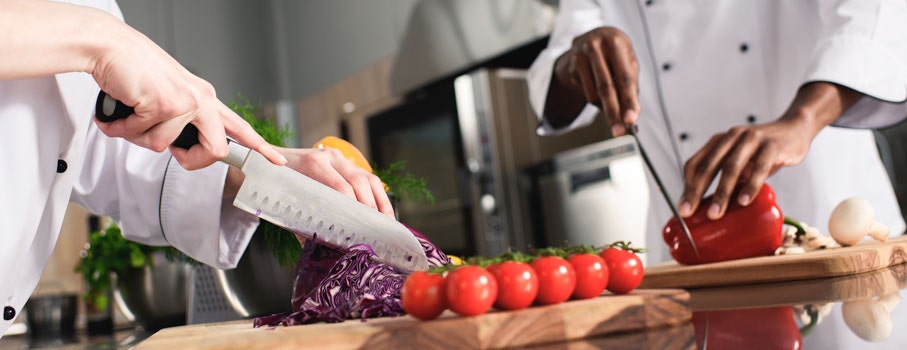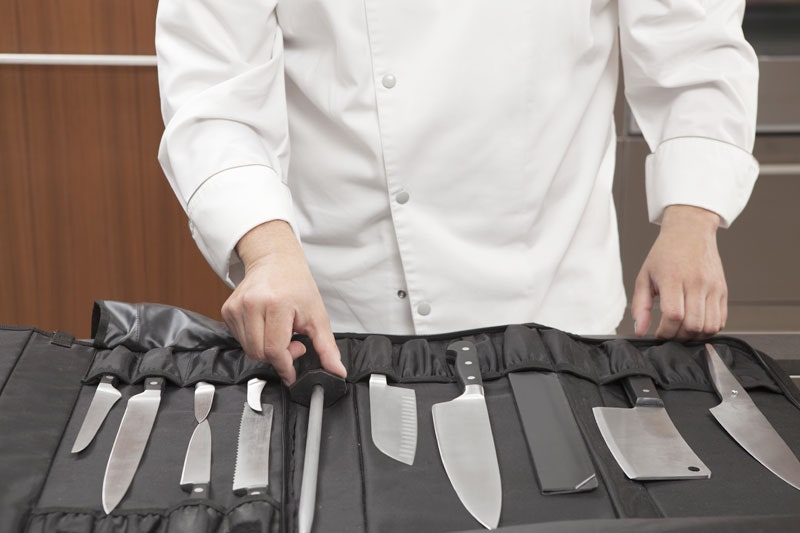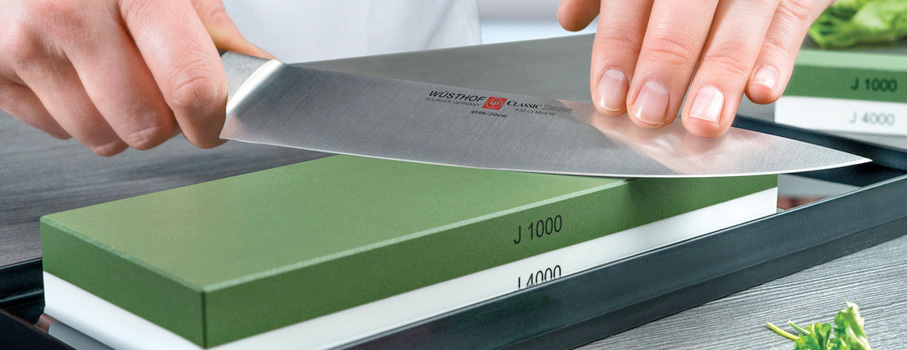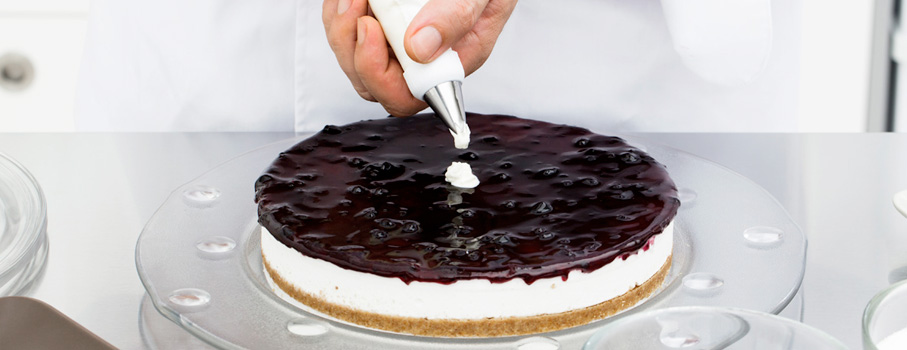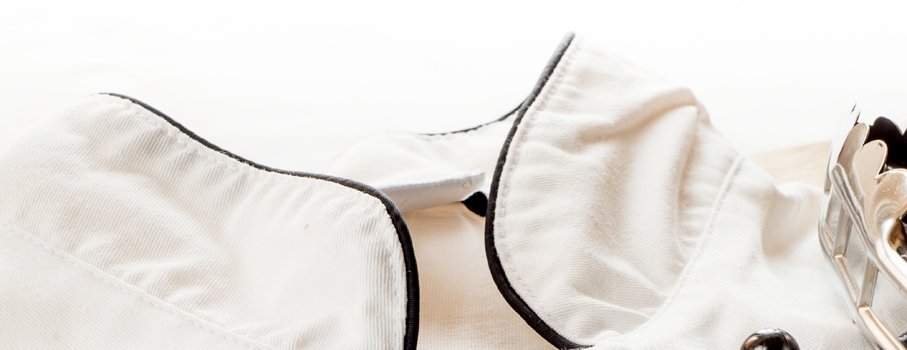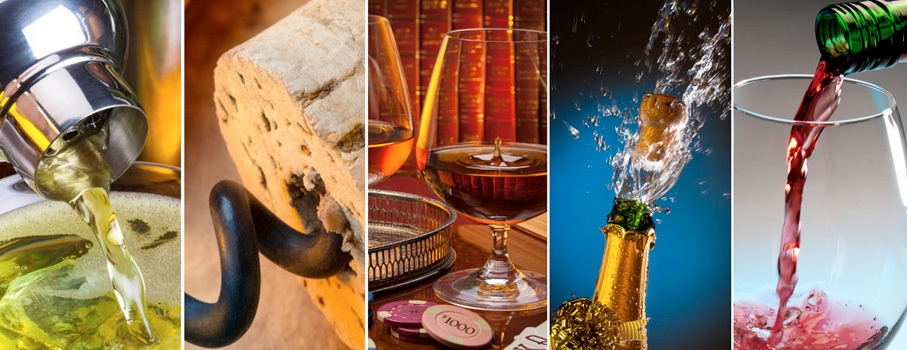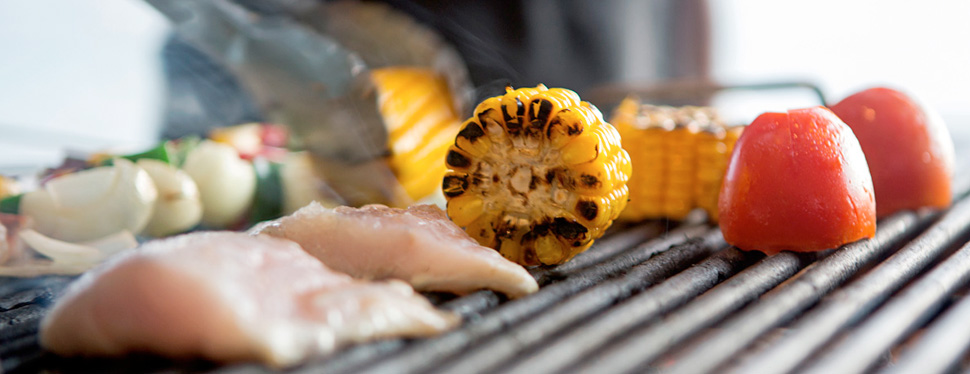Serrated bread knife: a must-have in the kitchen

The serrated blade knife, also known as a serrated bread knife, is an essential tool for completing the basic kitchen set, along with a chef's knife or kitchen knife.
It's a common misconception that the serrated blade knife may only be used to cut bread, however this is not the case.
Many items can be cut with a serrated bread knife in the kitchen.
If you've ever tried cutting bread with a smooth-bladed knife, you'll understand why serrated blades are so useful.
As it gets more difficult to break through the scab with a smooth edged blade, it will likely to slip.
The serrated blade's teeth cut through the toughest crust, while the remainder of the blade slices the bread with ease.
Cucumbers, tomatoes, oranges, and pineapple, for example, have tough skins and the serrated blades are great for cutting them.
The foods described above can be difficult to cut through with a smooth-edged knife, especially if it isn't sharp.
If the knife is not absolutely sharp, it will be impossible to slice the tomato without crushing it, especially with the skin; a serrated blade can easily cut thin slices of tomato and is great for cutting a slice of lemon or lime, as well as all citrus fruits.
The serrated blade can cut delicate cakes, pastries, and biscuits, pineapple or melons, cheese, salami, shred lettuce and cabbage, and carve roast meats and chicken, in addition to cutting soft yeast bread and crisp artisanal loaves.
Why would you choose a serrated-edged bread knife?
The serrated bread knife, with its scalloped and jagged edge, is ideal for cutting foods with a hard outer and a soft inside, and it comes in a range of serrated blades.
A serrated knife functions in the same way that a saw does: the blade's teeth sink to the surface of the food, then slice cleanly as the knife passes through it.
Serrated blades are effective on hard, slippery, or soft foods because they can penetrate surfaces that are difficult to penetrate with a straight edge.
The spaces between the teeth reduce friction as the blade moves back and forth, slicing the food.
The serrated edge's ability to cut without tearing is due to the design of the jigsaw teeth. Faster cutting and less drag are the results of less friction.
Consider the serrations' design.
When buying a serrated or bread knife, look at the tooth line first, because the shape and number of teeth will provide slightly different outcomes.
The design of the serrations will also vary from one brand to the next.
Others will have a bolder profile with sharper, nearly hooked points, while others will have a delicate scalloped edge with rounded tips.
Sharp, aggressive teeth require less user pressure and can frequently pierce a hard crust better than rounded teeth, but they often produce more crumbs.
The cut is also affected by the amount of teeth.
Others will have teeth that are narrower and denser, while others will have teeth that are wider apart.
The cut will be harsher if the number of indentations is less.
Knives with very fine serrations are ideal for slicing sweet items like sponge cakes.
These knives' tiny serration allows you to make accurate and clean cuts with less waste and crumbs.

A unique circular serration with two different inclinations has been developed by Kai, a Japanese company. Half of the blade has an inclination and a bevel of the edge on one side, and the other half has the opposite. The return and rounded tooth avoid waste and crumbs, ensuring a fine cut both outward and inward.
Global, a Japanese company, offers a variety of serrated blade knives for both bread and kitchen knives.
Serrated blades are available from Global for both left and right handed users.
The wide serrated blade has been added to Global's GS9 knife, which has a great form and serration for cutting tomatoes.
Global's GS13 knife has a fine and narrow serrated blade that is ideal for scalloping, cutting seafood, and making accurate cuts on fibrous foods.
Various chef's, carving, and kitchen knives have serrated blades; the carving knife's blade is ideal in shape for many culinary cuts, and the serration is useful for cutting harder foods, crust, and fiber.
Large fish are sliced with very long serrated blades; the serration is ideal for cutting the pulp as well as the cartilage of the fish.
How to Sharpen Knives with Serrated Edges
The serrated bread knife has only one bevel and is normally sharpened on one side only. For thin, even cuts, this results in a razor-sharp edge and a more precise cut.
Serrated blades are not difficult to sharpen; they can be sharpened with sharpeners or semi-professional sharpening equipment.
To avoid injuring the serration tooth, it must be sharpened on the opposite side of the tooth.
Sharpening the blades with a serrated blade by a qualified sharpener who understands how to operate on each tooth will almost surely assist you in achieving the desired results.
Cristina Passarotto

 IT
IT FR
FR
